Here’s How DC’s Justice League Should Return After a Two Year Comic Absence
Two years ago, DC Comics’ ongoing flagship Justice League title ended with issue #75. It featured the death of the entire League. Oh, they got better pretty quickly. By the end of the Dark Crisis on Infinite Earths event, they were all back in the land of the living. Having said that, the comic giant decided to let the concept of the Justice League rest while they figured out their next move, leaving the Titans as Earth’s protectors. However, these two years have been the longest DC has ever gone without publishing a title with “Justice League” in the name since 1960. So what’s the hold up with a new Justice League series? And how can DC make sure a new iteration becomes a necessary and talked about comic book?
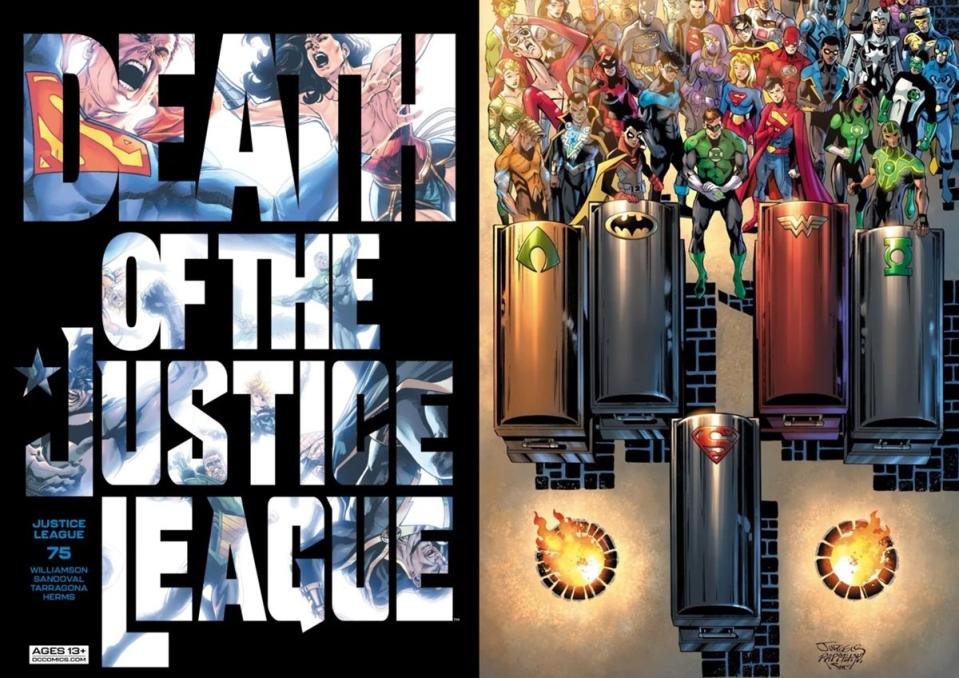
DC Comics: A World Without a Justice League
The Justice League of America first appeared in Brave and the Bold #28, published in February 1960. After a successful three-issue trial, the JLA received their own series by the end of that year. Unlike the World War II era Justice Society, the JLA had Superman and Batman as regular members. This elevated the team to A-list status. Since 1960, an ongoing book with the words Justice League in the title has been published by DC. That unbroken run ended after 62 years in 2022. The idea was that they’d come back bigger and better very soon. But unless you’re talking about out-of-continuity tales like Justice League vs. Godzilla vs. Kong, we’re all still waiting for the League’s return.
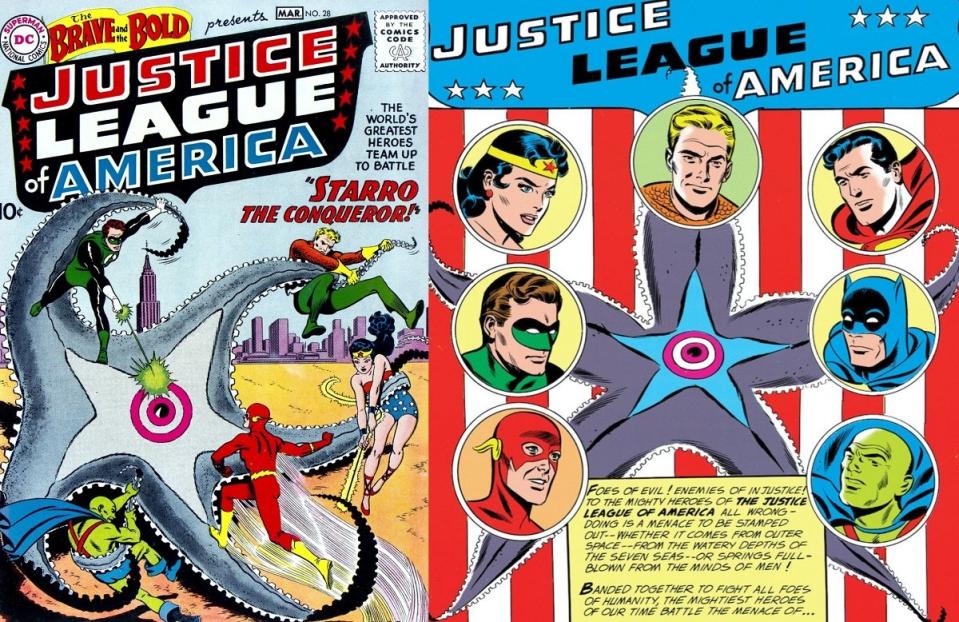
DC is probably thinking “absence makes the heart grow fonder” in considering when to bring back the League, which makes sense. Marvel did a similar thing when the flagship series Fantastic Four ended its decades-long run in 2015. When the quartet relaunched in 2018, it was to much fanfare. But what will make this League relaunch stand out from so many in the past, aside from an unusually long break? We have some ideas on angles DC could take with League when the World’s Greatest Superheroes make their very welcome return. In fact, some of these ideas could inform James Gunn’s new DCU.
The Original 7 Justice Leaguers Have All Died and Come Back, Forming a Unique Bond Among the Team
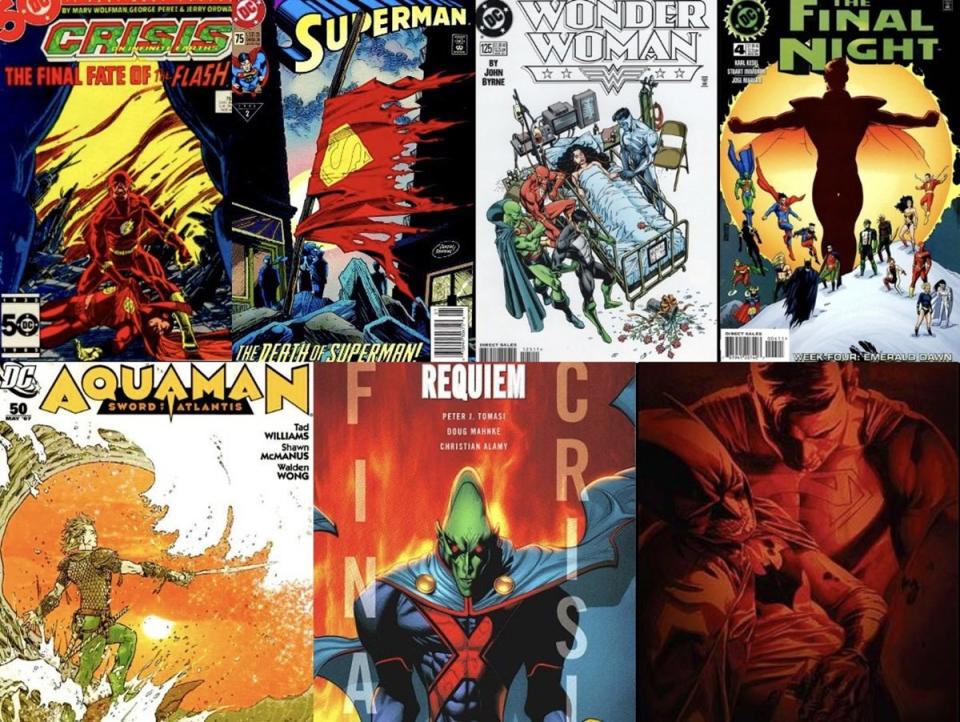
The original Justice League was founded by seven members—Superman, Batman, Wonder Woman, Green Lantern (Hal Jordan), Flash (Barry Allen), Aquaman, and the Martian Manhunter. Many other members have come and gone over the years. Yet in a lot of ways, those original seven remain the most iconic version of the team. However, since Barry Allen died in Crisis on Infinite Earths, the founders have not headlined a book together. When Barry returned after 23 years in 2009’s Flash: Rebirth, the assumption was a big JLA reunion book was next. Then 2011’s New 52 reboot happened, and everyone met again for the very first time. However, the New 52 continuity has largely been undone, with much of the original history of the League restored. And we haven’t seen the Big Seven reunite as a team since. Now seems like an ideal time.
The Original Justice League: Death Becomes Them
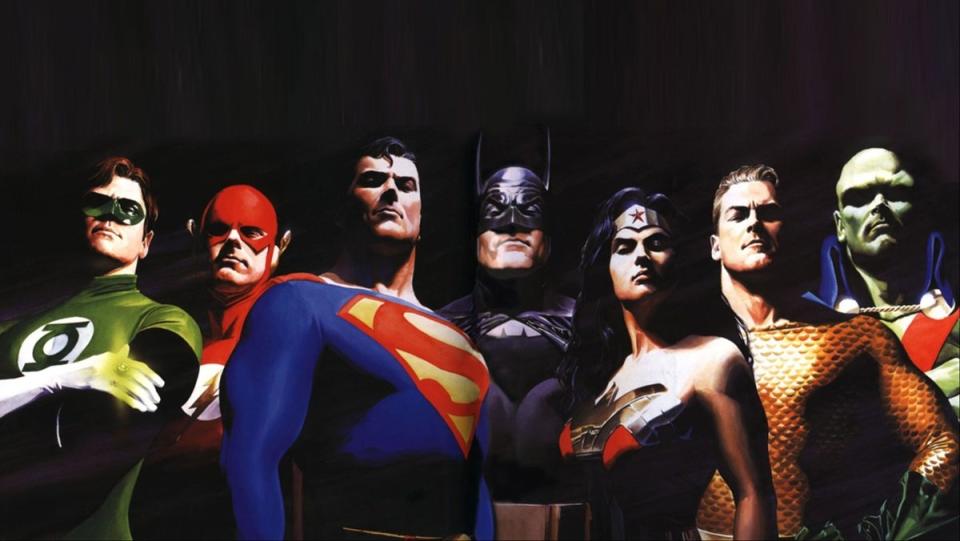
Besides being a nostalgic reunion, one thing bonds the original seven. They’ve all died and come back. And not just the standard “We thought they were dead, but it was a clone/they were in a coma/it was an alternate universe version.” They all actually died, went on to a form of an afterlife, and returned. Yes, even the very human Batman in the event series Final Crisis. Some were dead for many years, like Barry Allen and Hal Jordan. Others, like Wonder Woman, for just a few months.
With this detail in mind, the Leaguers all having gone to face the Grim Reaper and come out the other side could serve as the basis of an interesting team dynamic. Are they all functionally immortal now? Writer Grant Morrison played with the metaphor of the “Big Seven” Leaguers as Olympian Gods of the DCU in his ’90s JLA series. Could that interpretation be more literal than metaphorical? They certainly share a weird bond no other team has at DC. (However, we must note, that the X-Men at Marvel certainly do.) It’s fodder for an interesting reunion take for DC Comics’ most famous heroes.
It’s Time for Justice League Unlimited in the DC Universe
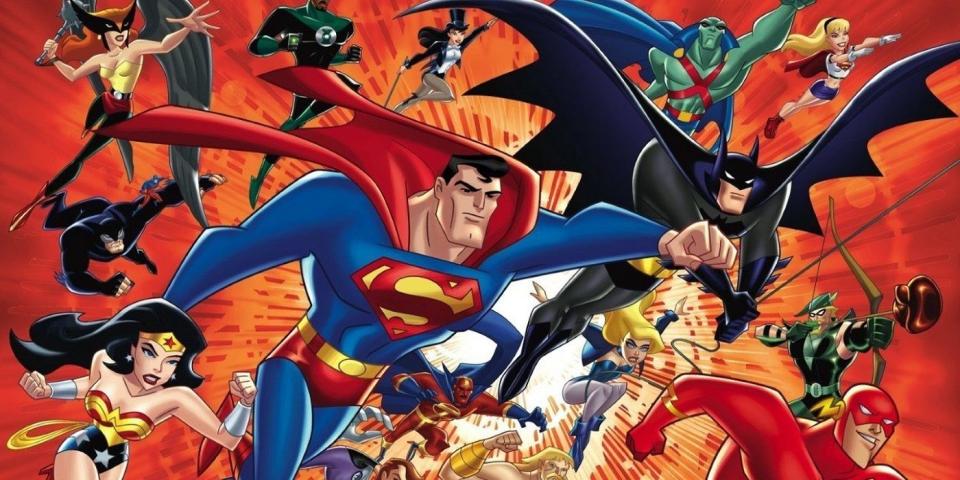
Having said that, the original seven should just be a starting point for whatever DC does next. Because let’s face it, that’s a heavily white and male team for the year of our Lord Darkseid 2024. It’s time for the League to take a cue from their greatest media incarnation of the team, the Justice League Unlimited. It’s time to open the doors to every hero in the DCU. In the JLU animated series, the League became more than a team. It became almost a conglomerate for superheroes. It was a true society of superpowers, in a way their predecessors the Justice Society of America never were.
The comics have played with this notion before, like the excellent Justice League International run of the ‘80s. Yet never on the scale of the Justice League Unlimited cartoon show. The League expanding in this manner allows it to truly grow into something unique, something its rival the Avengers over at Marvel have never been. Maybe, the original seven founders realize they had to return from their respective graves to make the League something bigger than they ever dreamed of in the beginning. It could be something grander that goes beyond the definitions of what we now think of as a superhero team.
A Strong Comic Book Justice League Can Inform the Big Screen Version
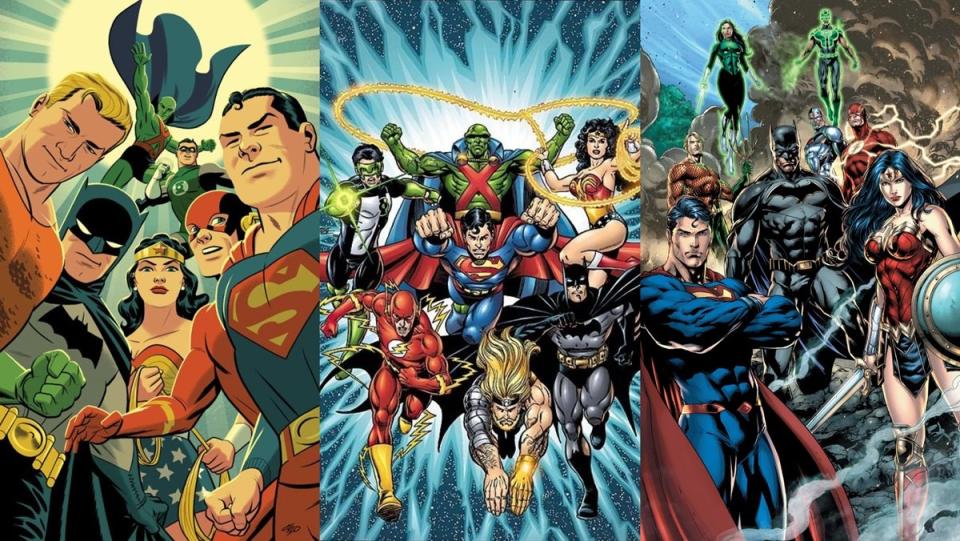
Of course, comics are the primary source of inspiration for most live-action content. The New 52 League was the main inspiration for the DCEU version, from Cyborg as a founding member, to their first villain being from the planet Apokolips. So it would be fitting for whatever DC’s new Justice League becomes to inspire the eventual DCU version. We’ve believed for some time now that Gunn’s DCU would have an already existing Justice League in it, but if the comic book League is a gigantic group with many members and branches, we wouldn’t hate for that concept to make that transition to film and TV.
Whatever DC does when it inevitably relaunches the Justice League title, there should be top-notch creatives on it. Justice League should always be DC’s biggest title. It was in the Silver Age, again in the post-Crisis JLI era, and also in the ’90s Grant Morrison years. Like it or hate it, the New 52 Justice League carried the line, sales-wise, for a good long time. It was not an afterthought series for the publisher. It would be shocking if we don’t see a relaunch by 2025, the Justice League of America’s 65th anniversary. Here’s hoping it’s something that gets the readership excited, and springboard’s comics’ greatest superhero team into the future. They deserve a series that reflects their status as the world’s greatest superteam.

